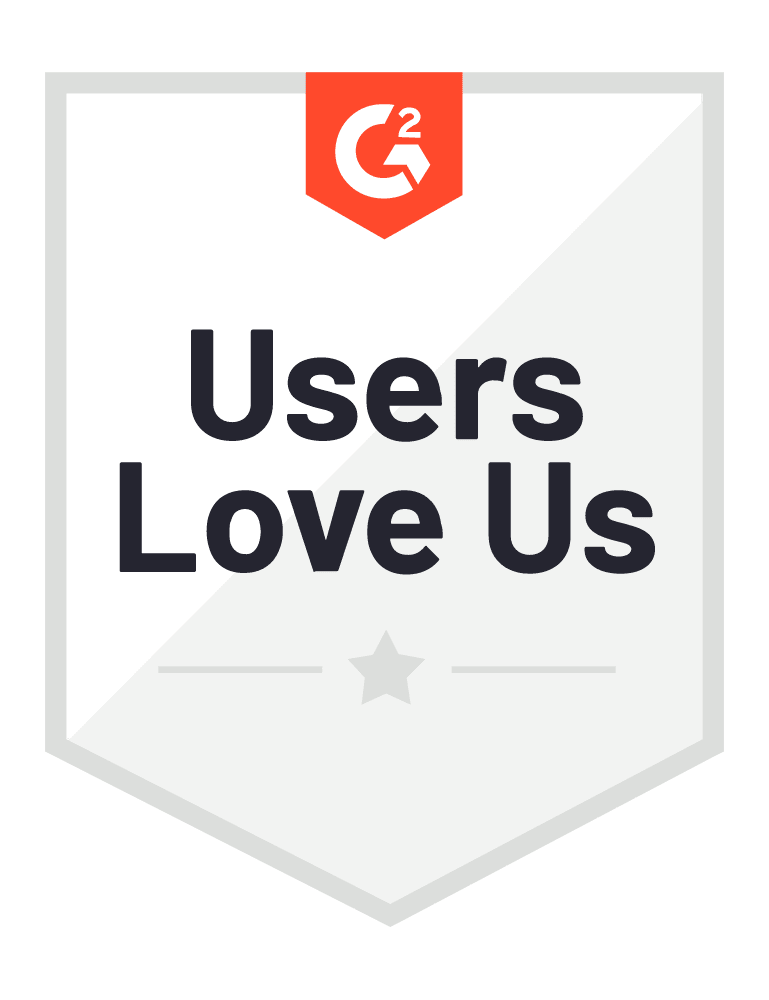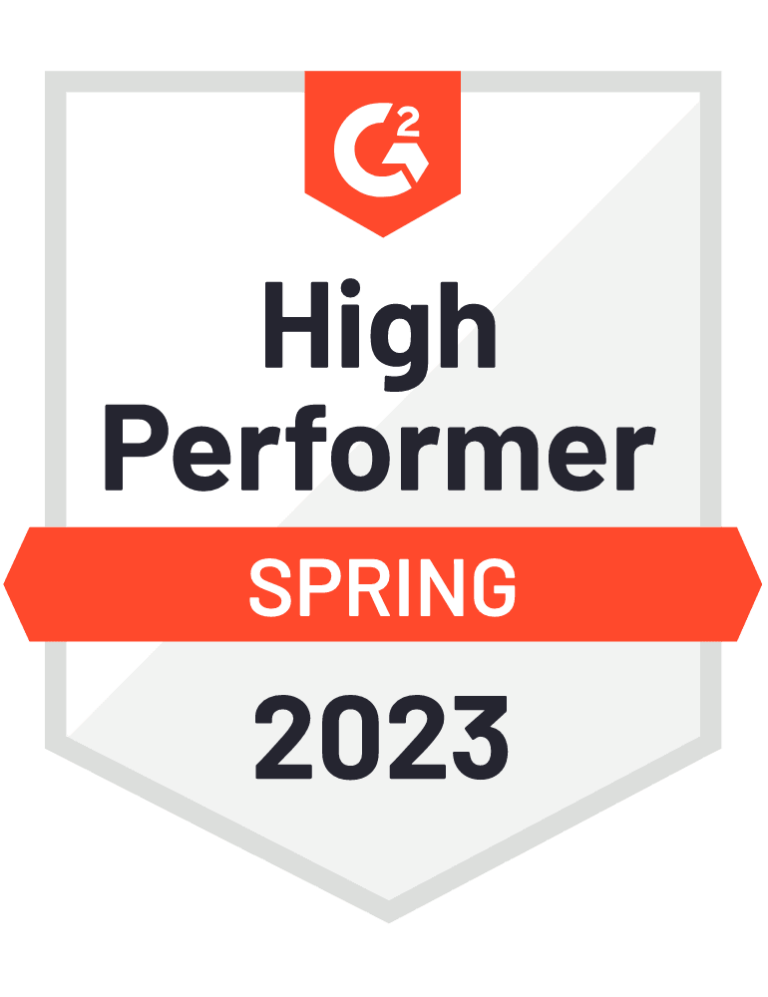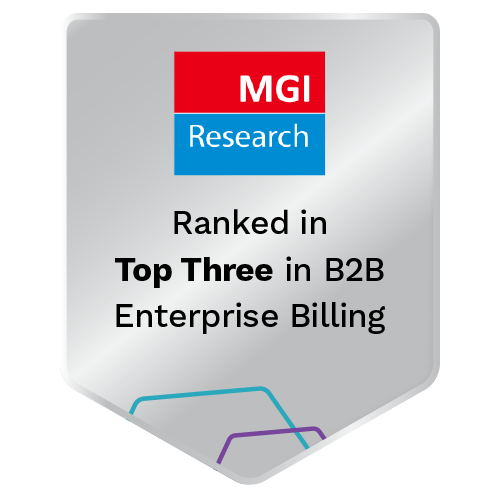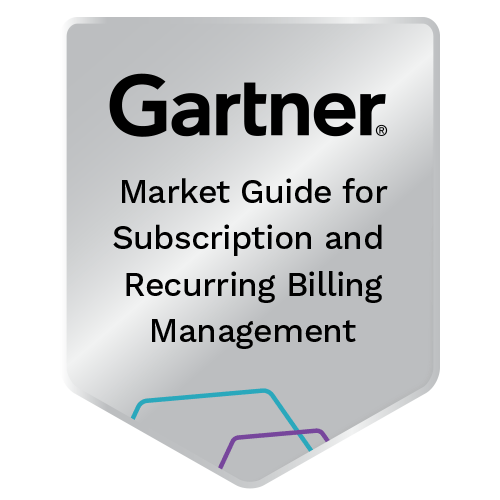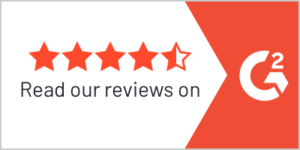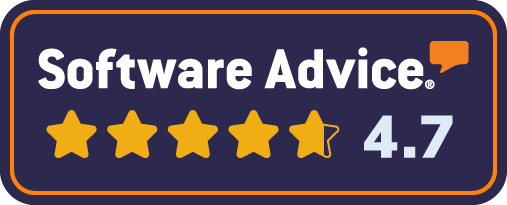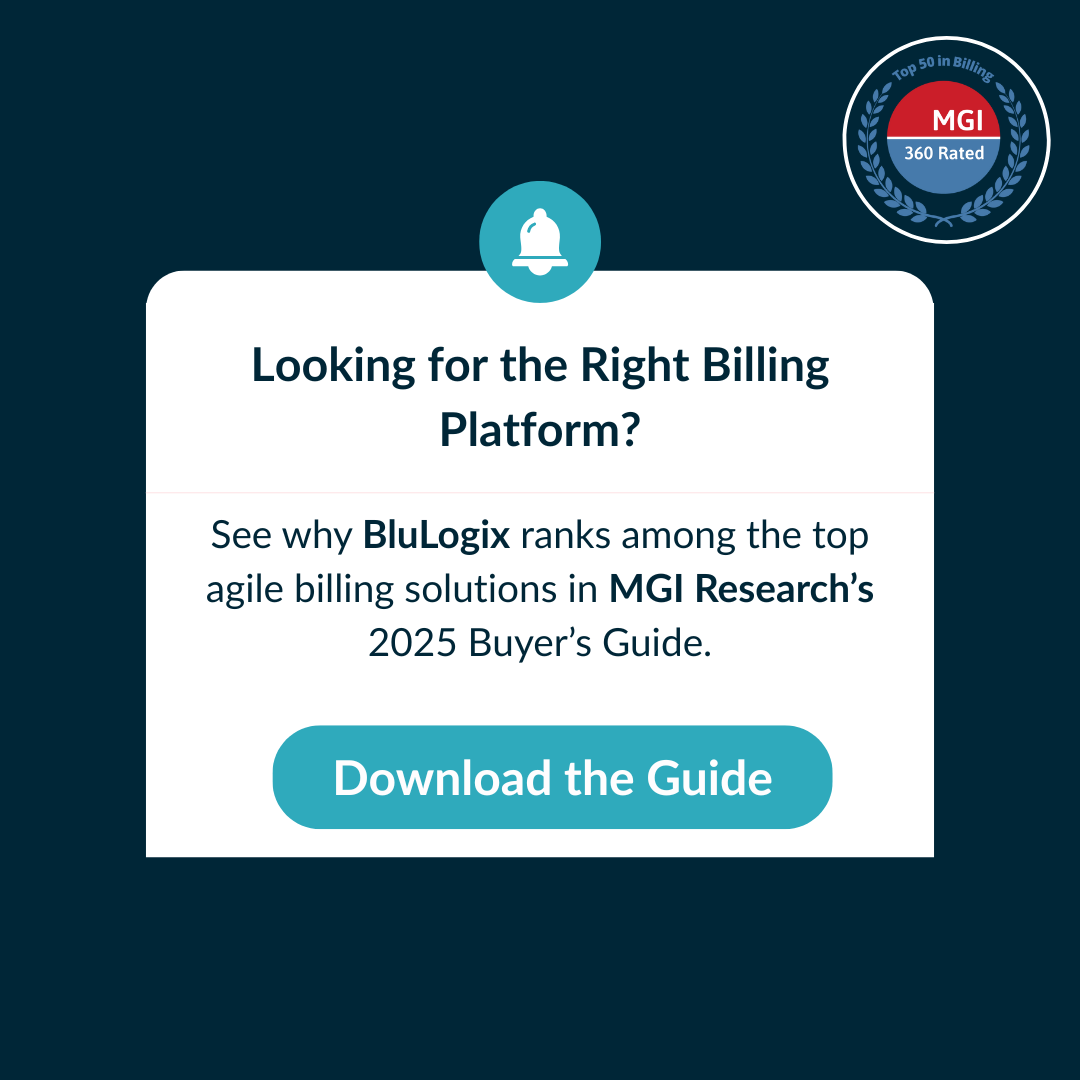Blulogix Whitepaper
Unlocking Subscription Success: Strategies to Conquer Channel Complexity, Usage, and Revenue Optimization in 2025 Transforming Subscription Complexity into Growth
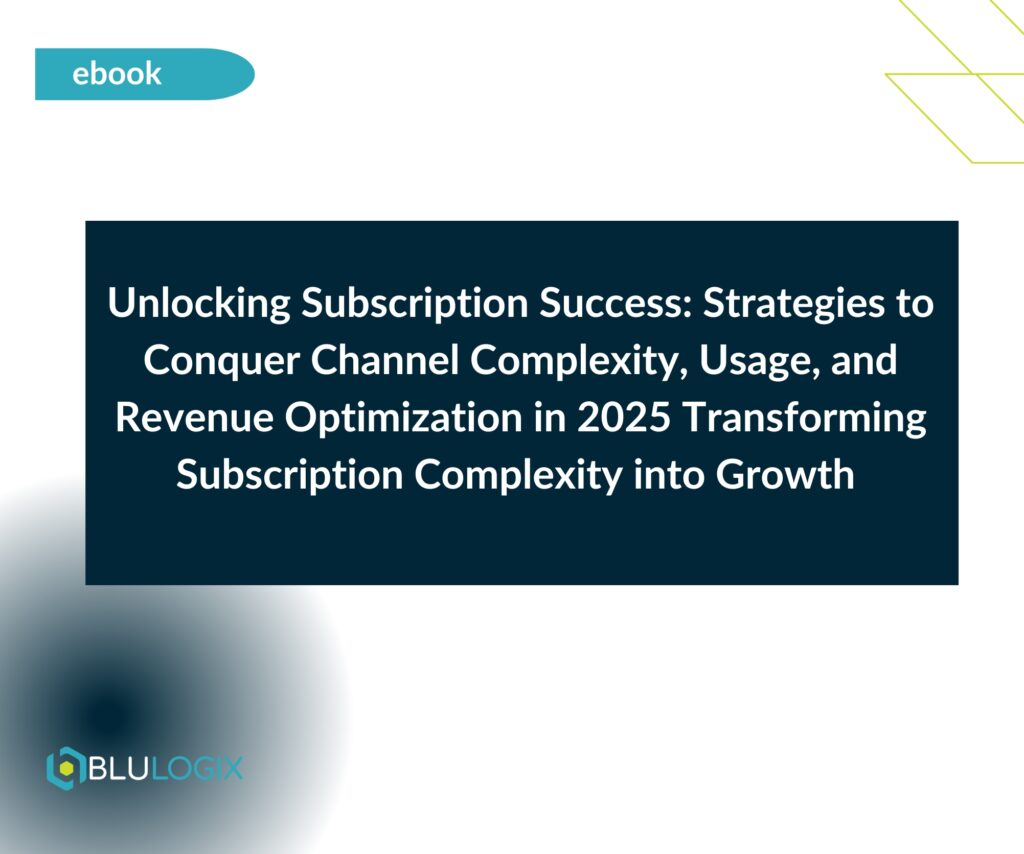
Table of Contents
Overview
The pace of change in business is increasing at unprecedented rates. In subscription management in particular, the evolution is even more rapid, and for many, 2025 presents both challenges and opportunities for businesses operating in this space.
As organizations grapple with increasing complexity—whether in multi-tier channel structures, usage-based pricing, or revenue leakage—the need for smarter, automated solutions has never been greater.
In this whitepaper, we outline 9 key strategies to help businesses streamline their subscription models, optimize revenue, and turn complexity into a competitive advantage.
Setting the Stage: Why 2025 is the Year to Embrace Change
The rapid acceleration of digital transformation, shifting customer expectations and business norms, and expanding regulatory pressures mean that businesses must rethink their approach to subscription management. Companies that fail to adapt will struggle with inefficiencies, revenue leakage, and lost opportunities. The strategies outlined in this document provide a roadmap to future-proof your business and maximize revenue growth.
The 9 Smart Ways to Drive Success
- Expand and Streamline Channels to Build Velocity
What It Means
Managing multi-tiered partner networks, vendor relationships, and reseller operations can be a logistical nightmare. A structured and automated approach ensures consistent partner performance, accurate billing, and predictable revenue growth. Without proper orchestration, inefficiencies build up, resulting in revenue loss, delayed payouts, and strained relationships with partners.
How to Do It
- Centralize Partner Data: Implement a unified platform to manage partner contracts, transactions, and performance metrics. Providing a single source of truth ensures that every stakeholder operates with accurate, real-time data.
- Automate Billing and Commissions: Ensure accurate partner payouts through automated workflows. By standardizing and automating commission structures, businesses can eliminate payment disputes and accelerate revenue recognition.
- Enable White Labeling and Multi-Tier Pricing: Offer tailored solutions for downstream partners to drive efficiency. By providing self-service tools for partners to customize their offerings, businesses can improve partner satisfaction while ensuring consistency in branding and billing.
- Implement Partner Performance Dashboards: Provide partners with real-time visibility into their sales, commissions, and overall performance to drive better engagement.
- Enhance Compliance & Reporting: Ensure that all partner transactions comply with regional regulations and tax laws, minimizing risk and liability.
Impact
- Efficiency Gains: Reduce manual workload by up to 50% by automating channel partner management.
- Stronger Partnerships: Increase trust with transparent, automated processes that ensure accurate payments and reporting.
- Revenue Growth: Improve channel performance through better partner enablement and streamlined transactions.
- Scalability: A well-structured partner management system allows businesses to scale channel operations without added complexity.
Expanding partner networks without streamlined processes leads to inefficiencies and revenue leakage. Automating workflows and data centralization allows businesses to scale confidently, reduce manual errors, and enhance partner experiences. Implementing an end-to-end solution with real-time data access and automated commission structures transforms channel complexity into a strategic advantage.
- Tailor Pricing and Packaging to Customers
What It Means
Customers expect pricing models that fit their needs, usage, and budgets. A one-size-fits-all pricing strategy no longer works in today’s dynamic subscription landscape. Tailoring pricing models—whether through tiered plans, usage-based pricing, or hybrid structures—ensures better alignment with customer preferences, driving higher retention and increased revenue.
How to Do It
- Segment Customers: Use data analytics to create targeted pricing plans. Understand customer behavior and segment users based on their needs, preferences, and revenue potential.
- Offer Hybrid Pricing Models: Combine fixed, usage-based, and tiered pricing for maximum flexibility. Providing multiple options allows customers to select a plan that best suits their needs while ensuring predictable revenue streams.
- Monitor and Adjust Pricing Strategies: Leverage real-time data to optimize offerings. Continually refining pricing based on market response, competition, and customer feedback ensures long-term success.
- Create Value-Based Pricing Models: Align pricing with the perceived value customers gain from your service, maximizing willingness to pay.
- Incorporate AI and Machine Learning: Use predictive analytics to identify pricing trends and optimize customer pricing models based on historical data.
Impact
- Higher Retention: Addressing unique needs improves satisfaction, ensuring customers stay subscribed longer.
- Revenue Growth: Expand market reach with flexible pricing models tailored to diverse customer segments.
- Competitive Differentiation: Stand out in a crowded marketplace by offering pricing strategies that meet customer needs better than competitors.
- Reduced Churn: By aligning pricing with actual customer value, businesses can minimize cancellations and maximize recurring revenue.
- Leverage Usage-Based Pricing
What It Means
Usage-based pricing ensures customers pay for what they consume, creating transparency and fairness. This model is particularly crucial in industries like SaaS, telecom, and IoT, where demand fluctuates. By aligning pricing with actual consumption, companies build trust and reduce the risk of customer churn due to pricing dissatisfaction.
How to Do It
- Collect Accurate Usage Data: Use advanced mediation tools to track real-time consumption. Ensuring precise data collection prevents billing disputes and builds credibility.
- Implement Flexible Pricing Plans: Offer metered, tiered, or pay-as-you-go models. These adaptable pricing structures cater to varying customer needs and usage patterns.
- Automate Invoicing: Ensure accurate billing to prevent disputes. Automated processes eliminate manual errors, reducing operational costs and increasing efficiency.
- Use Predictive Billing Models: Implement AI-driven tools to analyze historical usage patterns and predict future customer consumption trends.
- Improve Customer Communication: Provide customers with real-time access to their usage data, ensuring transparency and helping them manage costs effectively.
Impact
- Customer Trust: Transparent billing fosters confidence and long-term retention.
- Revenue Optimization: Aligning pricing with actual consumption prevents undercharging or overcharging.
- Operational Efficiency: Automation reduces manual effort, lowering the cost of revenue management.
- Higher Customer Lifetime Value (CLV): Usage-based billing aligns pricing with value, making customers more likely to stay engaged over time.
- Automate Partner Orchestration
What It Means
For businesses with complex partner ecosystems, manual processes create inefficiencies and slow down revenue generation. Managing multiple vendors, resellers, and channel partners can quickly become chaotic without structured automation. Errors in billing, commission calculations, and order management can lead to disputes, lost revenue, and strained partnerships.
Automating partner orchestration ensures seamless coordination between all stakeholders, reducing errors and delays. A well-integrated system enables real-time data sharing, performance tracking, and automated workflows that streamline interactions. This not only optimizes operational efficiency but also enhances partner satisfaction by providing clear communication and accurate financial transactions.
How to Do It
- Centralize Partner Interactions: Use a shared platform to manage contracts, transactions, and partner communications. A single system ensures consistency and accuracy across all interactions.
- Automate Workflow Management: Implement automated approval processes for onboarding, contract renewals, and service provisioning to reduce delays and human errors.
- Enhance Partner Collaboration: Provide real-time dashboards where partners can track sales, earnings, performance metrics, and commission structures to maintain transparency.
- Reduce Manual Interventions: Establish rule-based workflows for order processing, billing reconciliation, and commission payouts to eliminate manual redundancies.
- Improve Transparency: Offer partners self-service portals with access to billing details, commission calculations, and contract terms to enhance trust and efficiency.
- Enable Smart Commissioning: Implement dynamic commission structures that adjust based on performance metrics, ensuring fair and accurate partner payouts.
- Integrate API Connectivity: Ensure seamless integration with external partner systems, reducing the risk of disconnected data silos.
Impact
- Efficiency Gains: Reduce partner management workload by up to 40% by eliminating manual reconciliation and errors.
- Stronger Relationships: Improve communication and trust with partners through clear performance tracking and automated payments.
- Revenue Growth: Accelerate deal cycles, minimize payment disputes, and reduce partner-related revenue leakage.
- Scalability: A well-orchestrated partner ecosystem supports business expansion without added complexity.
By automating partner orchestration, businesses can reduce friction in their channel management, improve profitability, and create a seamless partner experience. With fewer administrative burdens and a transparent framework in place, organizations can focus on expanding their ecosystem while driving revenue growth.
- Simplify Compliance
What It Means
Regulatory and tax compliance requirements are growing increasingly complex. Companies must navigate evolving laws governing taxation, data privacy, and industry-specific regulations. Non-compliance can lead to costly penalties, reputational damage, and legal risks. As businesses expand into new markets, the complexity increases, making automation essential for efficiency and accuracy.
By integrating automated compliance solutions, organizations can reduce the administrative burden, ensure accuracy in tax and regulatory filings, and maintain a proactive compliance strategy. Simplifying compliance not only mitigates risks but also allows companies to focus on growth and innovation without legal complications.
How to Do It
- Automate Tax Calculations: Use integrated tax engines to calculate VAT, GST, and other regional taxes in real-time. Ensure tax compliance across different jurisdictions without manual intervention.
- Ensure Data Privacy Compliance: Implement automated data governance frameworks that align with regulations such as GDPR, CCPA, and other privacy laws. Use encryption and consent management tools to protect customer information.
- Maintain an Audit Trail: Store and organize transaction records, tax filings, and compliance reports for easy access during audits. Automated tracking ensures businesses are always audit-ready.
- Integrate Compliance Monitoring: Deploy AI-driven tools to detect compliance risks before they escalate. Automated alerts help teams address potential violations proactively.
- Simplify Regulatory Reporting: Streamline the process of submitting tax reports, financial disclosures, and compliance documentation through automated systems that generate accurate reports on demand.
- Educate Teams & Standardize Processes: Ensure that finance, legal, and operations teams understand compliance obligations. Implement standardized workflows that align with regulatory requirements, reducing inconsistencies.
- Use API-Driven Tax & Compliance Tools: Integrate tax compliance solutions into billing and invoicing platforms to ensure seamless adherence to tax laws and avoid manual errors.
Impact
- Reduced Risk Exposure: Automating compliance processes minimizes human error and prevents costly fines or penalties due to non-compliance.
- Scalability: Businesses can confidently expand into new markets without the fear of failing to meet local tax or regulatory requirements.
- Operational Efficiency: Reduce manual compliance workload by up to 50%, freeing finance and operations teams to focus on high-value activities.
- Improved Customer Trust: Customers and partners are more likely to engage with businesses that demonstrate clear commitment to regulatory compliance and data protection.
By simplifying compliance through automation, businesses can eliminate inefficiencies, reduce legal risks, and maintain a proactive compliance strategy. The result is a scalable, future-proofed approach that ensures ongoing compliance while enabling global expansion without unnecessary administrative overhead.
- Protect Renewals
What It Means
Subscription-based businesses rely heavily on renewals to maintain steady revenue streams. However, without proactive renewal management, companies risk losing customers due to failed payments, disengagement, or a lack of perceived value. Churn caused by these factors leads to revenue leakage and disrupts growth potential. Businesses that fail to manage renewals effectively often experience unpredictable revenue cycles and customer attrition.
Automating and optimizing the renewal process allows companies to secure long-term customer relationships and protect their recurring revenue streams. By using data-driven insights, predictive analytics, and automated engagement strategies, businesses can mitigate risks associated with churn and involuntary cancellations.
How to Do It
- Monitor At-Risk Accounts: Use AI-driven analytics to identify customers with declining engagement, reduced usage, or previous payment failures. Flagging high-risk accounts early allows businesses to implement targeted retention strategies.
- Automate Renewal Reminders: Set up automated notifications via email, SMS, and in-app messaging to remind customers of upcoming renewals. Personalized communication improves response rates and increases renewal conversions.
- Offer Flexible Renewal Options: Provide customers with multiple payment options, auto-renewal settings, and the ability to modify or upgrade their plans seamlessly.
- Improve Payment Processing: Implement smart retry mechanisms to recover failed payments. By automatically retrying transactions at optimal times, businesses can reduce involuntary churn caused by credit card expiration or insufficient funds.
- Engage At-Risk Customers: Deploy customer success teams to engage proactively with accounts that show signs of potential churn. Personalized outreach, loyalty incentives, and tailored offers can help retain customers before they cancel.
- Track Renewal KPIs: Continuously monitor renewal success rates, churn metrics, and customer lifetime value (CLV) to identify patterns and optimize future retention strategies.
- Leverage Predictive Analytics: Use machine learning models to predict which customers are most likely to cancel and proactively address their concerns before renewal deadlines.
Impact
- Lower Churn Rates: By reducing involuntary and voluntary churn, businesses can improve retention rates and ensure more predictable revenue.
- Revenue Protection: A well-structured renewal strategy prevents revenue leakage and increases customer lifetime value.
- Stronger Customer Loyalty: Personalized engagement and proactive outreach foster deeper customer relationships and long-term brand loyalty.
- Operational Efficiency: Automating renewal management reduces the workload on customer support teams and allows businesses to focus on high-value engagements.
- Scalability: With a streamlined renewal process, companies can confidently scale operations while ensuring consistent revenue growth.
By strengthening renewal processes and leveraging automation, businesses can protect their most valuable revenue streams while creating a better experience for customers. A proactive approach to renewals ensures financial stability, reduces churn, and drives long-term growth.
- Eliminate Bottlenecks
What It Means
Operational inefficiencies in subscription management can lead to delays, revenue leakage, and customer dissatisfaction. Whether it’s slow approvals, manual invoicing, or fragmented service provisioning, bottlenecks create unnecessary obstacles that slow down revenue recognition and impact overall efficiency. Businesses that lack streamlined processes struggle with cash flow issues and lost revenue opportunities.
By eliminating bottlenecks, companies can accelerate billing cycles, enhance customer experiences, and create a more agile infrastructure for growth. Automating key financial and operational processes removes barriers that hinder productivity and ensures a smoother customer journey.
How to Do It
- Identify Process Inefficiencies: Conduct a full review of the quote-to-cash cycle to uncover delays, inefficiencies, and areas that require automation.
- Automate Manual Approvals: Implement rule-based workflows that automatically process approvals for pricing, discounts, and contract renewals without unnecessary delays.
- Integrate Billing & CRM Systems: Connect sales, finance, and customer support platforms to ensure a seamless flow of data across departments, reducing errors and improving response times.
- Optimize Invoice Generation: Automate invoice creation and distribution, ensuring invoices are accurate, timely, and compliant with tax regulations.
- Implement Intelligent Workflows: Use AI-driven automation to predict and resolve common bottlenecks before they impact revenue.
- Monitor KPIs in Real-Time: Track critical metrics such as time-to-invoice, payment collection cycles, and approval times to measure efficiency improvements.
- Enhance Customer Self-Service: Provide customers with access to automated tools for billing inquiries, payment updates, and invoice tracking to reduce dependency on support teams.
- Reduce Dependencies on Legacy Systems: Modernize infrastructure by integrating scalable, cloud-based solutions that minimize technical debt and streamline operations.
Impact
- Faster Revenue Recognition: Automating billing and approvals can reduce payment cycles by up to 50%, allowing businesses to recognize revenue more quickly.
- Operational Cost Savings: Reducing manual processes and inefficiencies decreases labor costs and minimizes administrative overhead.
- Better Customer Satisfaction: Timely invoicing and service provisioning ensure a smooth customer experience, improving retention and reducing disputes.
- Scalability: A streamlined operational framework enables businesses to scale without increasing complexity or operational burdens.
- Improved Financial Visibility: Real-time tracking of key performance indicators (KPIs) allows for better decision-making and more accurate forecasting.
By eliminating bottlenecks, businesses can create a more agile, responsive infrastructure that supports growth and profitability. Removing inefficiencies in the billing and operational workflow ensures that revenue flows faster, customers remain engaged, and internal teams can focus on strategic initiatives rather than administrative tasks.
- Monitor Revenue Health
What It Means
Revenue health is the backbone of a successful subscription business. Without real-time insights into revenue trends, businesses risk unexpected shortfalls, revenue leakage, and financial instability. Monitoring revenue health ensures companies stay ahead of potential issues, optimize profitability, and take proactive steps to drive growth.
Tracking revenue health involves more than just reviewing financial statements. Businesses must analyze key performance indicators (KPIs) such as Monthly Recurring Revenue (MRR), churn rates, revenue leakage, and customer lifetime value (CLV). By leveraging real-time analytics and AI-driven insights, businesses can make data-driven decisions to protect and expand their revenue streams.
How to Do It
- Deploy Real-Time Dashboards: Implement revenue analytics dashboards that provide an overview of financial performance, subscription trends, and potential risks.
- Set Alerts for Revenue Risks: Use automated alerts to flag anomalies, such as failed payments, unexpected revenue drops, or spikes in churn rates, so immediate corrective action can be taken.
- Analyze Churn & Retention Trends: Evaluate why customers are leaving and identify patterns that indicate potential attrition. Implement proactive engagement strategies to retain customers before they churn.
- Use Predictive Analytics: Leverage machine learning models to forecast revenue trends based on historical data, helping businesses anticipate challenges and opportunities.
- Identify Upsell & Cross-Sell Opportunities: Use AI-powered insights to detect when customers are ready to upgrade, add services, or purchase additional features, maximizing customer lifetime value.
- Track Revenue Leakage: Identify gaps in billing, invoicing errors, and uncollected revenue. Automate reconciliation processes to ensure all revenue is captured accurately.
- Enhance Financial Forecasting: Use real-time revenue insights to refine financial projections, making it easier to plan for growth, investments, and operational scaling.
- Monitor Customer Payment Behavior: Track customer payment trends and proactively address potential payment failures to reduce involuntary churn and optimize cash flow.
Impact
- Proactive Revenue Protection: Businesses can prevent revenue loss by detecting and addressing issues before they escalate.
- Smarter Decision-Making: Access to real-time financial data allows leaders to make informed decisions that enhance profitability.
- Improved Forecasting Accuracy: Predictive analytics refine revenue projections, reducing financial uncertainty and supporting long-term planning.
- Higher Customer Retention: Identifying early churn indicators helps businesses take action before losing customers.
- Operational Efficiency: Automating revenue monitoring reduces manual workload, allowing finance teams to focus on strategic initiatives.
By actively monitoring revenue health, businesses can identify risks early, optimize billing practices, and capitalize on new revenue opportunities. In an increasingly complex subscription landscape, real-time visibility into financial performance is critical for ensuring sustainable growth and profitability.
- Integrate Your Monetization System
What It Means
Disjointed systems create inefficiencies, inaccuracies, and revenue loss. When billing, CRM, ERP, and financial systems operate in silos, businesses struggle with data inconsistencies, slow processes, and missed revenue opportunities. A fully integrated monetization system ensures seamless data flow across platforms, improving accuracy, scalability, and overall financial management.
Integration is no longer optional—it’s essential for businesses looking to scale efficiently. Without a connected system, subscription-based companies face delayed invoicing, errors in financial reporting, and difficulties in managing complex pricing models. By unifying monetization systems, businesses can drive revenue optimization, reduce errors, and enhance customer experiences.
How to Do It
- Unify Billing & Customer Data: Integrate billing platforms with CRM and ERP systems to provide a 360-degree view of customer transactions, usage, and financial history.
- Automate Data Synchronization: Use APIs and automation to eliminate manual data transfers, reducing errors and improving efficiency.
- Enhance Self-Service Capabilities: Provide customers with real-time access to billing history, payment options, and subscription changes through a centralized portal.
- Improve Invoicing & Payment Workflows: Automate invoice generation, payment processing, and tax compliance to ensure timely, error-free billing.
- Enable Scalability: Implement a monetization system that supports multiple pricing models, global tax compliance, and multi-currency billing for seamless expansion into new markets.
- Leverage AI for Revenue Optimization: Use AI-powered analytics to detect revenue leakage, forecast future earnings, and suggest pricing adjustments to maximize profitability.
- Ensure Compliance & Security: Integrate tax engines and data governance frameworks to meet regulatory standards and safeguard customer data.
- Optimize Subscription Modifications: Allow customers to upgrade, downgrade, or modify subscriptions easily without disrupting billing cycles.
Impact
- Higher Operational Efficiency: Automating data synchronization and financial processes reduces integration costs and delays.
- Stronger Customer Experience: Accurate and transparent billing improves trust and customer satisfaction.
- Revenue Growth: Optimizing monetization across multiple business lines ensures better financial performance and scalability.
- Reduced Revenue Leakage: Identifying and fixing billing errors ensures all revenue is captured, improving cash flow and profitability.
- Future-Proof Scalability: A well-integrated system enables businesses to handle new pricing strategies, geographic expansion, and evolving regulatory requirements seamlessly.
A fully integrated monetization system isn’t just a luxury—it’s a necessity for businesses looking to streamline operations, improve financial accuracy, and scale efficiently. By unifying platforms, automating workflows, and leveraging AI-driven insights, companies can build a foundation for long-term revenue growth and operational excellence.
Conclusion
As subscription-based businesses continue to evolve, the complexity of managing pricing, billing, and partner ecosystems will only increase. The strategies outlined in this whitepaper provide a clear roadmap for navigating these challenges while driving operational efficiency and revenue growth.
By streamlining partner orchestration, implementing smarter pricing models, leveraging automation, and integrating monetization systems, businesses can transform complexity into opportunity. Companies that embrace these strategies will not only reduce revenue leakage and compliance risks but also enhance customer retention and accelerate time-to-revenue.
The future of subscription management belongs to organizations that can adapt, automate, and optimize their operations to meet the demands of a dynamic market. Now is the time to take action—ensure your business is ready to scale efficiently, maximize profitability, and stay ahead of the competition in 2025 and beyond.
Ready to see it in action?
We’ll go over your business case and customize a platform overview tailored specific to your requirements and needs.
Reviews

Michael R.
President, Allnet Air Inc. - Telecommunications
Best Outsourced Billing for Mobility

Karen R.
Manager, Cloud Billing - Computer Software
BluLogix has been a great partner.
“Over the last several years, I have seen continual enhancements and additions to the platform. BluLogix has created a comprehensive solution for users. They provide great communication regarding upgrades and address concerns thoroughly and timely.”

Sara K.
Marketing, Graphic Design & Social Media Management - Marketing and Advertising
Fantastic platform. Recommend!

